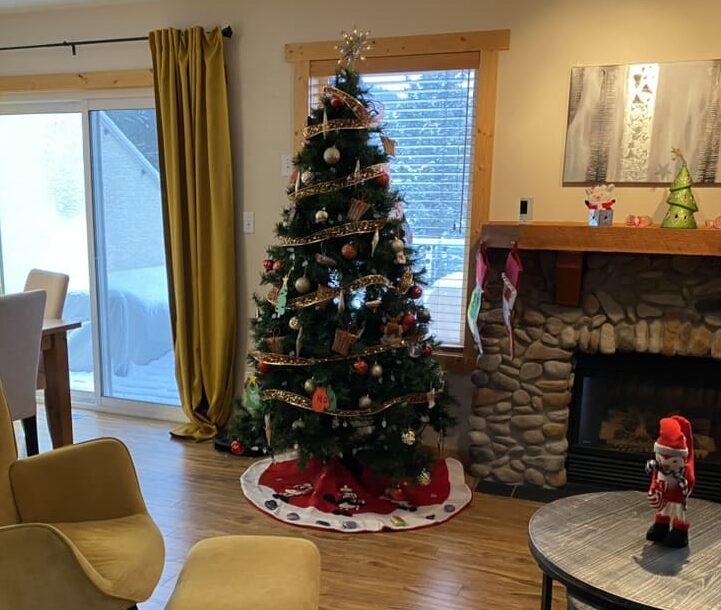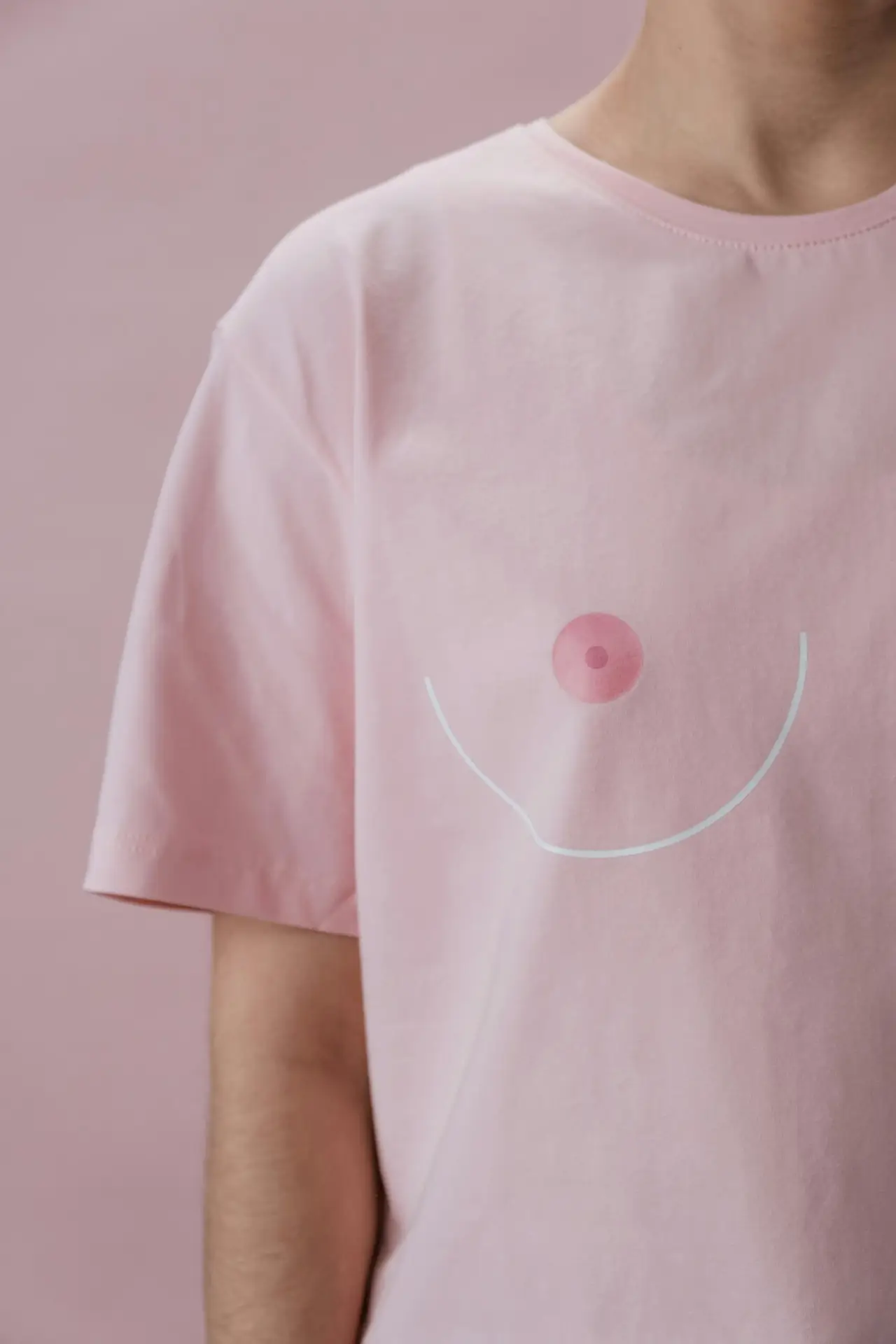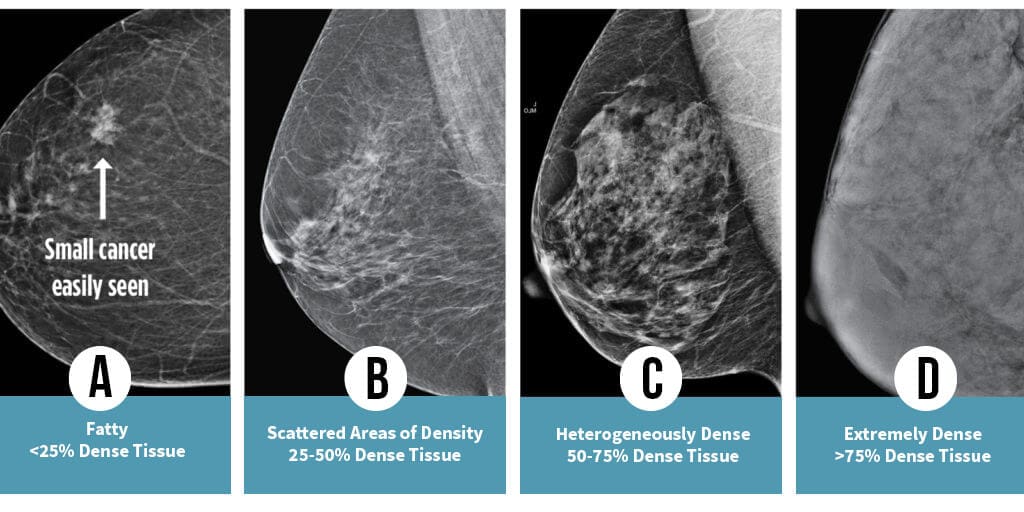When you’re diagnosed with breast cancer, you face a series of life-altering decisions. One of the most personal is whether—or how—to approach reconstruction after a mastectomy. Reconstruction isn’t about “fixing” anything. It’s about choosing what healing looks like for you.
At AskEllyn.ai, we believe knowledge is power. This comprehensive guide walks you through the different options for reconstruction after a mastectomy, what to expect, potential risks, how other treatments affect your surgical timeline, and—equally important—what not to do if you decide to opt for aesthetic flat closure and remain flat.
Surgery Is Almost Always Part of Breast Cancer Treatment
Most people diagnosed with breast cancer will undergo surgery. A mastectomy—removal of one or both breasts—is recommended when cancer is widespread, recurring, or if you’re genetically predisposed. Reconstruction after a mastectomy is typically performed by a general surgeon, and often in partnership with a plastic surgeon, if the general surgeon is not trained in oncoplastic surgical techniques.
What follows is a deeply personal choice: reconstruct your chest with implants or tissue, or opt for a smooth, flat closure.
There is no wrong answer when it comes to reconstruction after a mastectomy.
Your Options: Types of Reconstruction after a Mastectomy
1. Implant-Based Reconstruction
The most common method. Usually involves two stages:
- Step 1: Tissue Expanders are placed beneath the chest muscle to stretch the skin gradually. These expanders are typically in place for anywhere from 4 to 18 months.
- Step 2: Implants (saline or silicone) replace expanders later with permanent implants.
🔹 Pros:
- Shorter initial surgery and quicker recovery
- No need for donor tissue or a second surgical site
🔹 Cons:
- High complication rates, especially after radiation
- Potential for implant rupture, leakage, or capsular contracture
- It may feel less natural
- Implants often need to be replaced every 10–15 years
⚠️ Radiation & Implants:
Radiation significantly increases implant failure rates. It can cause:
- Skin tightening and scarring
- Poor healing around the implant
- Higher risk of rejection
In these cases, implant reconstruction aftere a mastectomy is often delayed and may require additional procedures, such as tissue wrapping using acellular dermal matrices (ADMs) derived from donor human or animal tissue to help hold the implant in place and promote healing.
2. Autologous Tissue Reconstruction (Flap Surgery)
This option of reconstruction after a mastectomy uses tissue from another part of your body—commonly the abdomen, back, or thighs—to recreate a breast mound. Read about Tory’s journey to DIEP flap here.
- DIEP Flap: Skin and fat from the lower abdomen (muscle-sparing)
- TRAM Flap: Uses lower abdominal tissue, including muscle
- LAT Flap: Takes skin, fat, and muscle from the upper back (LAT muscle)
🔹 Pros:
- More natural look and feel
- Does not involve implants or foreign material
- Better long-term durability, especially post-radiation
🔹 Cons:
- Longer surgery and recovery time
- More complex procedure with greater risk of surgical complications, such as:
- Tissue necrosis (loss of blood flow to the new tissue)
- Hernias (especially after TRAM)
- Blood clots or delayed wound healing
- Tissue necrosis (loss of blood flow to the new tissue)
- Requires sufficient donor tissue
- Scarring at donor and chest sites
3. Aesthetic Flat Closure
This is an intentional decision to not reconstruct a breast mound, and instead have your surgeon create a smooth, symmetrical chest wall after breast tissue is removed. See my blog for greater detail on this choice.
🔹 Pros:
- Simpler and shorter surgery
- Faster physical recovery
- No foreign materials or need for future revision surgeries
- For many, a powerful act of self-definition
🔹 Cons:
- May require revision surgery to address dog ears or leftover tissue
- Still healing from loss and potential identity shifts
- May face lack of understanding or support from surgeons
What About Nipples and Sensation?
🧭 The Reality of Nipple Loss
In most mastectomies, the nipple and areola are removed, unless the cancer is small and not near the nipple. Even when preserved, nerve pathways are cut, leading to permanent or significant loss of sensation.
💡 Nipple Reconstruction and Tattoos
- Surgical nipple reconstruction uses skin flaps to create a raised nipple, followed by tattooing the areola.
- 3D nipple tattoos offer realistic, non-surgical alternatives, and are increasingly popular for their artistry and minimal invasiveness.
Still, even with nipple reconstruction after a mastectomy, sensation rarely returns. This is a lifelong adjustment for many women. You can read more about this topic here.
When It Goes Wrong: Risks You Should Know
Reconstruction after a mastectomy is major surgery, and complications are real—not rare. Some women experience:
⚠️ Common Risks Across All Methods:
- Infection (which in severe cases can lead to sepsis)
- Delayed healing and prolonged drains
- Scarring and aesthetic dissatisfaction
- Anesthesia risks
🛑 Implant-Specific Risks:
- Implant rupture (especially with older silicone implants)
- Capsular contracture: the scar tissue around the implant tightens painfully
- Shifting or asymmetry
- Chronic pain
- Implant rejection, especially after radiation. Learn about the difficult reconstruction journey experienced by Clea Shearer, star of the Home Edit, who recently experienced implant rejection.
🛑 Flap Surgery Risks:
- Tissue necrosis if blood supply to the flap fails
- Hernias or abdominal weakness (especially after TRAM)
- Blood clots, fluid buildup, and donor site complications
These complications can lead to extended recovery, reoperations, or even the need to remove failed reconstruction entirely.
Timing: Before, During, or After Cancer Treatment?
⏰ Immediate vs. Delayed Reconstruction after a Mastectomy
- Immediate Reconstruction happens during the mastectomy.
- Pros: fewer surgeries, preserved skin
- Cons: may complicate or delay post-op chemo or radiation
- Pros: fewer surgeries, preserved skin
- Delayed Reconstruction happens after initial cancer treatments are completed.
- Pros: gives your body time to heal
- Cons: often requires additional surgery to reshape the chest wall
- Pros: gives your body time to heal
💉 Chemotherapy & Radiation Influence
- Chemo can delay reconstruction until your immune system has recovered.
- Radiation can make reconstruction after a mastectomy riskier, especially for implants. Flap surgery tends to hold up better in these cases.
What If You’re High Risk? (Prophylactic Mastectomy)
If you carry genetic mutations like BRCA1 or BRCA2, your doctor may recommend a prophylactic mastectomy—removal of breasts before cancer develops.
This is a huge decision and can be emotionally complex. Reconstruction options are the same, and timing may be more flexible since treatment is preventive, not reactive.
Recovery & Follow-Up Surgeries
🕰️ General Recovery Timeline:
- Implants: 2–6 weeks
- Flap Surgery: 6–12 weeks (or longer)
- Flat Closure: 2–4 weeks
🔁 Follow-Up Options:
- Expander fills (every 1–2 weeks until target volume)
- Revisions for symmetry, scarring, or complications
- Nipple reconstruction or 3D tattooing
- Dog ear revisions for flat closures
- Removal of implants (explant) in case of failure or dissatisfaction
Making the Right Decision for You
This is your body, your trauma, your healing—and your choice. Some women want to look in the mirror and see breasts again. Others want to move forward flat, unencumbered. There is no wrong answer.
💬 Ask Yourself:
- Am I comfortable with implants or foreign material?
- Will I need or have I had radiation?
- Do I want a faster recovery or a more natural look?
- How do I feel about sensation loss?
- What level of risk or revision am I willing to accept?
Final Thoughts: You Are Whole, No Matter What
Whether you choose implants, flap surgery, or flat closure—or none of the above—you are not less. You are more. More informed. More empowered. More connected to your body, even in its scarred and redefined form.
You don’t need to make this decision alone. Talk to survivors. Ask your surgeon tough questions. And come back to AskEllyn.ai anytime for clarity, community, and compassion.
Explore more:
- Real stories from women who chose different paths
- Questions to ask your surgeon
- How to advocate for flat closure
- Understanding the risks of breast implant illness (BII)
👉 Start your journey at AskEllyn.ai




